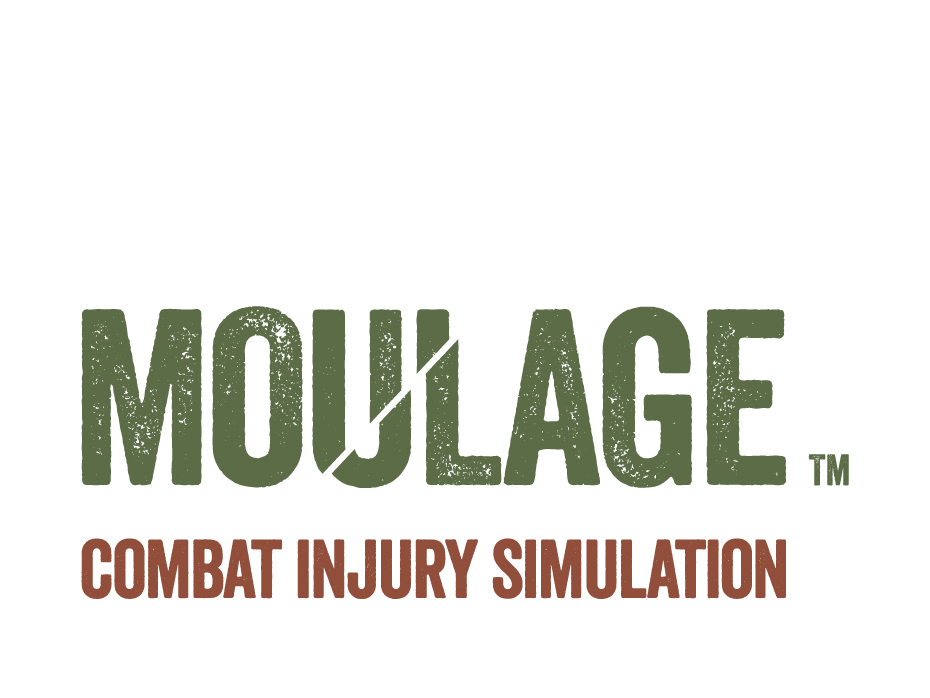Moulage Makeup for Casualty Simulation, Part 1
I was pleasantly surprised to find a page in Wikipedia recently on the term “moulage” recently. Moulage is actually a French word with a Latin root translated to mean casting or molding in three dimensional form. It goes on to reference moulage as the art utilizing mock or injury simulations for the purpose of training civilian and military medical response personnel.
Moulage is also known as makeup special effects in the movie and TV industry, and can be as simple as applying commercially pre-made wound simulations that strap on or applied with a skin safe adhesive. Or, moulage can be as complex as employing a variety of high fidelity materials and high tech Hollywood style methods to create fantastic looking real to the eye casualties. The practice of moulage actually dates to the Renaissance period when diseases were mocked up in wax for medical study.
The purpose of casualty simulation moulage today is to provide a visual educational objective through training in high fidelity realism for the military combat field medic or civilian first responder. Utilizing high quality moulage techniques and materials in training better equips military medical response personnel for actual battlefield trauma triage. Real to the eye injury simulations in moulage increases knowledge and performance in three important areas: casualty recognition, rapid reaction time and training retention.
The most critical minutes in a wounded soldier’s care in combat is the first 10, and quick reaction time can make all the difference between life and death. The vital connection between the laboratory injury simulation experience and a real life combat injury encounter has proven to be a pivotal element in keeping our warfighters alive on the battlefield. Casualty simulation training links to greater success in actual life saving triage by reducing the potential of medic “freeze” on the battlefield.
Military Moulage Combat Injury Simulation believes good casualty simulation requires important steps in successfully creating moulaged injuries that sustain training with a positive outcome in the three R’s of recognition, reaction and retention. We have strict guidelines that our staff of combat medics adhere to when instructing personnel and running their training scenarios. Here are some of the basics that every moulage artist should follow that will create the most realistic results for your moulage endeavors:
**Develop a good basic working knowledge of anatomy and physiology. It will be very important for you to understand how to build the pathology or trajectory of the wound you want to simulate if you want believable results and real time rapid response from your personnel in a training exercise or drill.
**Do your research. Every good moulage technician should have a file or collection of photos or books that they can refer to in their initial design of a wound. All wounds included in your injury simulation index should be crafted from authenticated reference materials. For instance, a bullet entry and exit wound should be bullet caliber appropriate, not just guessing what it might look like. Try to have several different pictorial references of the same type of injury so that you have some parameter for accuracy.
**Design accurate injury simulation scenarios. It must have a realistic cause and the proper effect, so this is where your careful research comes into play. It means that the injury displays the proper impact to the body along with other possible injuries that could be sustained along with it such as shock, cyanosis, and diaphoresis. A good simulation will have other subtle indications that kick critical thinking skills into action.

